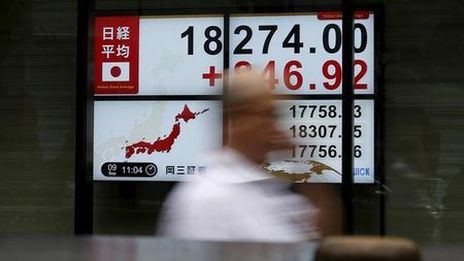SINGAPORE, April 30 (Reuters) - The Philippines plans to boost the share of solar in power output to 5.6% in 2030 from 2.4% in 2024, and wind to 11.7% from 3.1%, according to a government presentation, potentially making the archipelago's grid among the cleanest in the region.
The southeast Asian nation expects higher share of solar and wind to offset a decline in the share of other clean sources such as hydropower and geothermal energy, helping non-fossil sources account for 35% of power generation by 2030.
Hydroelectricity's share is set to fall from 10% to 9.1%, while geothermal energy is expected to account for 7.7% of overall output by 2030, compared with 8.9% in 2024, Mylene Capongcol, assistant secretary at the Philippines Department of Energy, said in the presentation, at the Renewable Energy Markets Asia conference.
Philippines plans to achieve the targets by doubling solar capacity and tripling wind capacity over six years, Capongcol added in the presentation, which was shared with Reuters.
The country is betting on a rapid build out of offshore wind farms, which have high upfront costs. Spiralling costs amid high inflation have resulted in some saw developers cancel or pause projects in the U.S. and Britain last year.
The archipelago also expects to add 1,200 megawatts of Nuclear capacity by 2032, Capongcol said in the presentation, adding that the country plans to upgrade its transmission infrastructure to help manage the addition of renewables.
The energy department will also create a long-term program to facilitate the voluntary early decommissioning or repurposing of over 3.8 GW of coal-fired power plants which are more than 20 years old, Capongcol said.
Philippines is targeting reducing the share of coal in power generation to 47.6% by 2030, from about 60% currently. (Reporting by Sudarshan Varadhan; Editing by Rashmi Aich)















